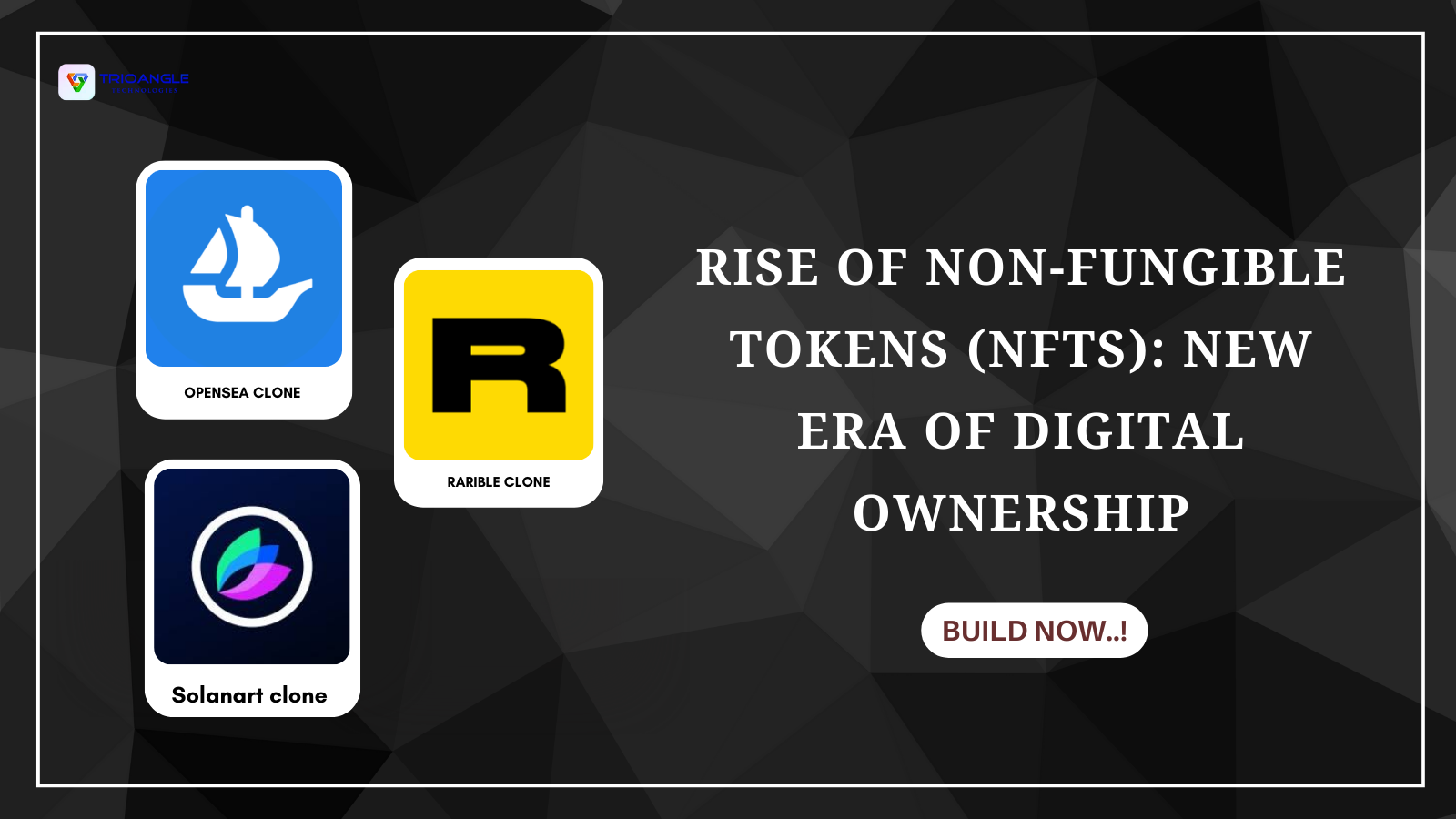
As NFTs transition from novelty to mainstream adoption, the digital asset space is evolving at a rapid pace. Once known primarily for pixelated avatars and digital collectibles, Non-Fungible Tokens (NFTs) have now become central to a wide range of industries including gaming, fashion, music, and real estate. As we move deeper into 2025, creating NFT marketplaces—the platforms that enable buying, selling, and minting NFTs—are experiencing a wave of innovation and transformation. Here are the top trends reshaping NFT marketplaces in 2025 and beyond.
1. Multi-Chain and Interoperability as a Standard
The future of NFT marketplaces is multi-chain. In the early stages, most NFT activity was confined to Ethereum. However, high gas fees and congestion pushed developers and users toward alternative chains like Solana, Polygon, Avalanche, and BNB Chain.
By 2025, most modern marketplaces support multiple blockchains, allowing users to mint, list, and trade NFTs across ecosystems. Interoperability protocols and cross-chain bridges are improving, which means users can move their NFTs freely between chains, increasing liquidity and expanding reach for creators and collectors alike.
2. Personalization Through AI and Machine Learning
The explosion in the number of NFTs available has made discovery increasingly difficult. To address this, NFT marketplaces in 2025 are leveraging AI and machine learning to deliver personalized user experiences. This includes:
Smart recommendations based on user behavior
AI-curated galleries for collectors
Fraud detection and content moderation
Sentiment analysis to predict trending collections
This level of personalization helps both buyers and creators by reducing friction and surfacing relevant, high-quality content.
3. Utility-First NFTs Take Center Stage
Gone are the days when NFTs were just static images. In 2025, NFTs with real-world utility are in high demand. These can include:
Exclusive event access
Voting rights in DAOs (Decentralized Autonomous Organizations)
In-game items and avatars
Tokenized real estate or luxury goods
Subscriptions and memberships
Marketplaces are evolving to support dynamic NFTs—tokens that can change over time based on user interaction or external data. This shift reflects a growing trend where functionality matters more than form, and value is tied to what the NFT enables, not just how it looks.
4. Enhanced Regulation, Security, and Trust
As governments and financial regulators catch up with the crypto space, NFT marketplaces are adapting quickly to comply with new legal frameworks. In 2025, it's becoming standard for major platforms to implement:
KYC (Know Your Customer) and AML (Anti-Money Laundering) procedures
Licensing for NFT-based securities or fractional assets
Royalties enforcement and IP protection
Smart contract audits and secure wallet integrations
This layer of trust and compliance is vital to attracting institutional investors and mainstream users who demand a safe and legally sound environment.
5. Social-Driven Marketplaces and Community Engagement
NFTs thrive on community, and marketplaces are finally catching up. In 2025, many NFT platforms now include built-in social features, such as:
Creator profiles and follower systems
Activity feeds and collection updates
In-platform messaging
Community reward systems
DAO governance tools
Social engagement helps build creator-audience relationships and drives user retention. Communities can now launch projects, govern marketplaces, and create curated drops, all from within the same platform.
6. Seamless Integration with the Metaverse and Gaming
The line between NFTs and the metaverse continues to blur. In 2025, NFT marketplaces are deeply embedded into virtual worlds and blockchain games. This includes features such as:
Buying wearable NFTs for avatars and instantly using them in virtual environments
Purchasing tokenized real estate on metaverse platforms
Selling in-game NFT assets across different gaming universes
Expect marketplaces to evolve from flat web interfaces into 3D, immersive environments, allowing users to browse and buy NFTs as if walking through a virtual gallery or store.
7. Creator-Centric Ecosystems
Empowering creators remains a central theme in 2025. NFT marketplaces are offering no-code minting tools, revenue splits, on-chain royalties, and even fan engagement modules that allow creators to build sustainable businesses around their work. With more control over branding, pricing, and distribution, creators are no longer dependent on big platforms to monetize their digital content.
Conclusion
NFT marketplace development in 2025 is rapidly transforming from basic trading platforms into multi-functional ecosystems. From embracing multi-chain technologies and AI-driven personalization to enabling real-world utility and community ownership, these platforms are shaping the future of digital ownership.
The NFT space is maturing—and so are the users. Whether you're an investor, a developer, or a digital artist, staying ahead of these trends will be crucial to success. As we move beyond the speculative hype, the true potential of NFTs and their marketplaces is just beginning to unfold.





Write a comment ...